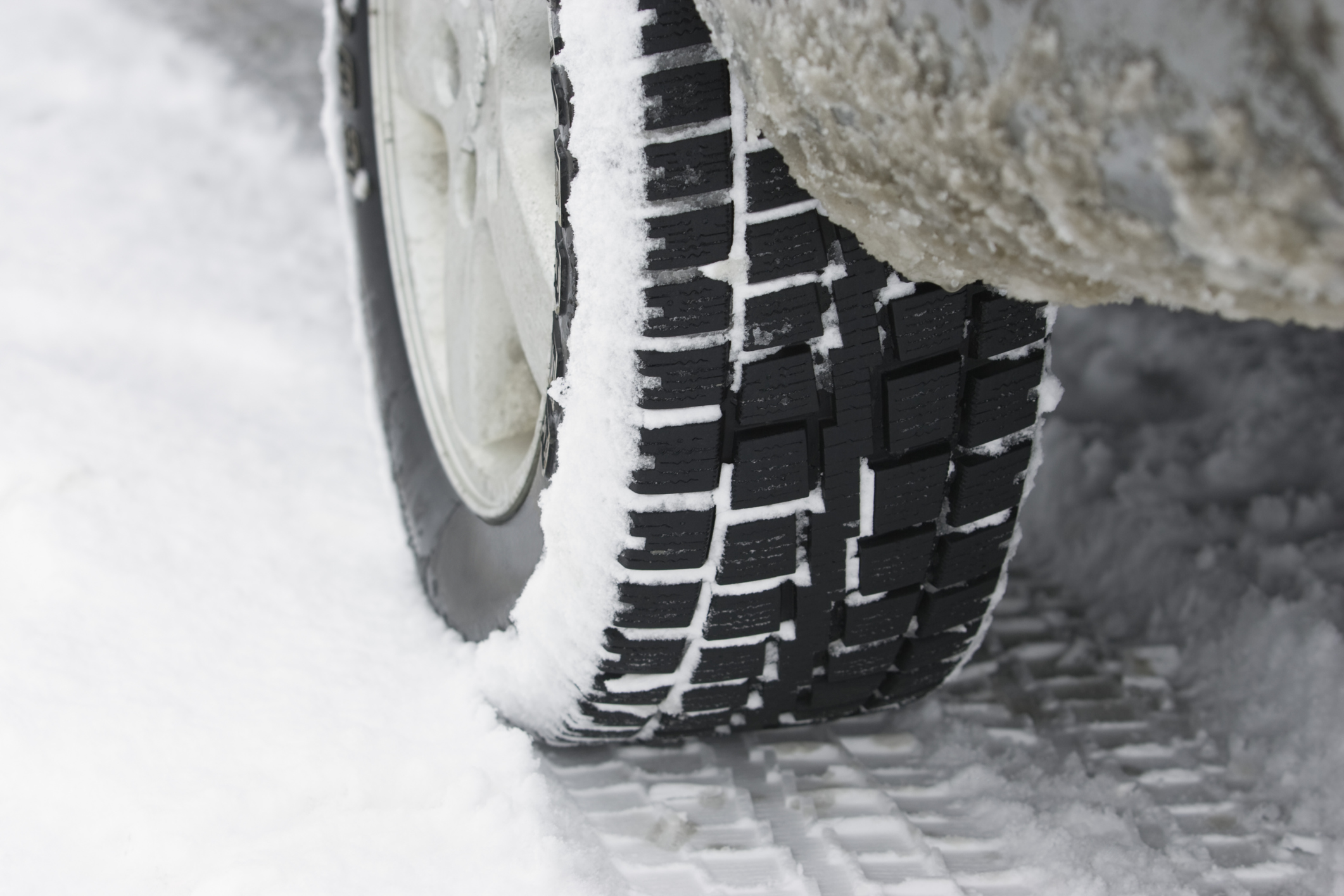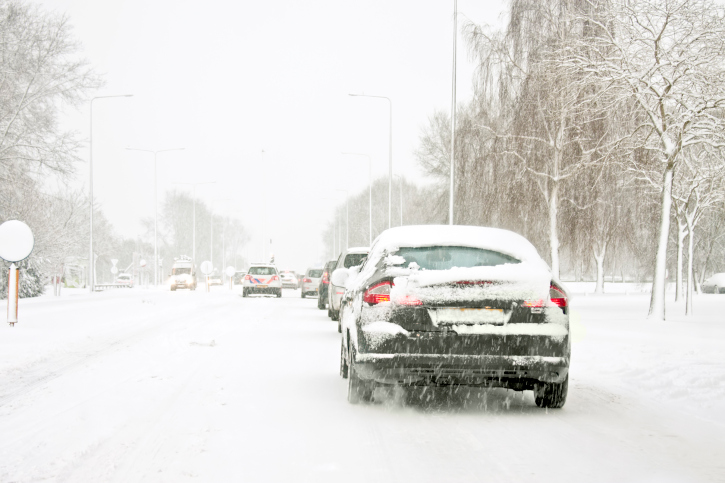The Farmers’ Almanac is predicting a cold, snow-filled, wet winter this year. While most drivers understand the importance of keeping their vehicle in good mechanical condition all year round, it is even more important in the winter months.
When winter comes, your car needs extra care and preparation. It is best to winterize your vehicle before winter strikes.
 To start, schedule a maintenance check-up for the vehicle’s tires and tire pressure, battery, belts and hoses, radiator, oil, lights, brakes, exhaust system, heater/defroster, wipers and ignition system.
To start, schedule a maintenance check-up for the vehicle’s tires and tire pressure, battery, belts and hoses, radiator, oil, lights, brakes, exhaust system, heater/defroster, wipers and ignition system.
Don’t try to get those last few miles from a set of tires. Make certain that tread depth is above the minimum recommendation for your vehicle.
To provide maximum visibility, headlights, taillights, mirrors, windshield and all windows should be kept clean; don’t take shortcuts.
When handling slippery winter roads, the keys to safety are slower speeds, gentler stops and turns, and increased following distances. It is recommended that drivers reduce their speed to half the posted speed limit or less under snowy road conditions.

When you are approaching a curve or intersection, start braking early to avoid sliding into another lane or into the intersection should you need to stop. If your vehicle is equipped with ABS, a steady, firm pressure on the brake pedal is suggested. Without ABS on your vehicle, use the “squeeze braking” technique. This is where you gradually increase pedal pressure until you reach the point where the tire almost starts slipping. On icy roads, four-wheel drive vehicles will skid/slide just as easily as any other vehicle.
Increase your following distance by adding an additional second or two to the recommended following distance. Scan farther ahead to allow more time to respond to problems. Use your low-beam headlights and running lights any time there is reduced visibility or when you are using your windshield wipers. If you are familiar with the road or route, use this to your advantage to anticipate upcoming hills or curves. Otherwise, extra caution is necessary to react to the unexpected.
Key points
- Before freezing weather arrives, have your vehicle serviced and inspected.
- Maintain a safe following distance.
- Get an earlier start so that you will have time to clear ice and snow from your windows and vehicles.
- Accelerate and apply brakes gradually to avoid skidding and maintain steering control.
- Start by going no faster than half the posted speed limit. If you encounter extremely slippery conditions, cut your speed in half again.
- Plan as though you will have to come to a complete stop at every intersection and make sure you have time to get completely through the intersection before you begin to cross.
- Suggested emergency equipment: flashlight, blanket, flares/reflectors, spare tire, shovel, sand, cell phone and emergency numbers, and water.
VMLIP offers more than just coverage. We are partners in risk management. How does your insurer stack up? Having all lines of coverage with VMLIP ensures that your organization is receiving comprehensive coverage and a wide variety of value-added services tailored to Virginia’s local governmental entities. Call for a quote today: (800) 963-6800. For more information on VMLIP visit: www.vrsa.us or follow us on Facebook.
** VMLIP blog postings are offered for VMLIP members to utilize in strengthening their risk management efforts. See copyright information for clarification on sharing this information.


